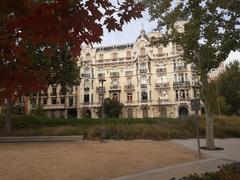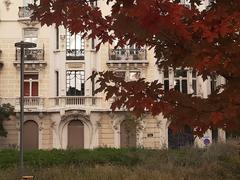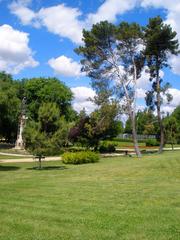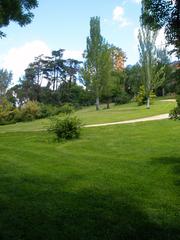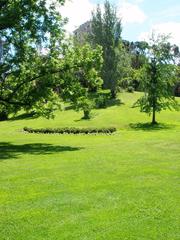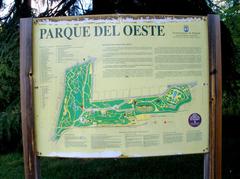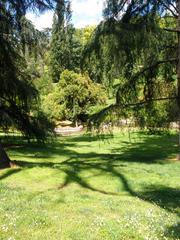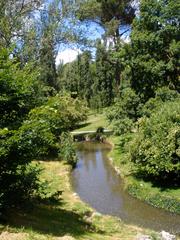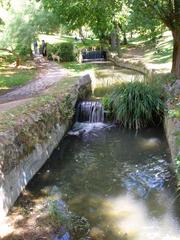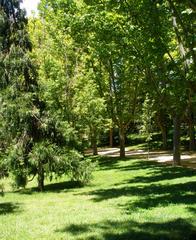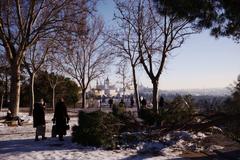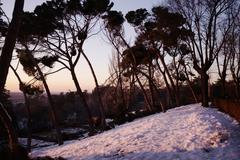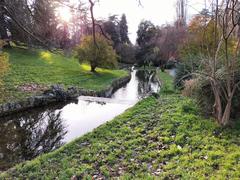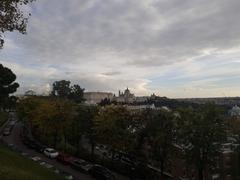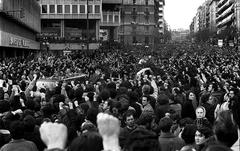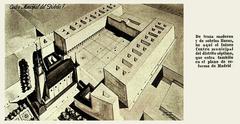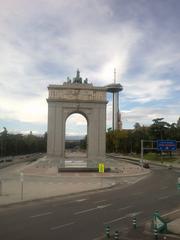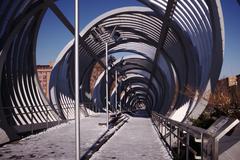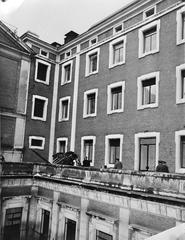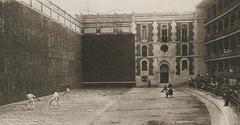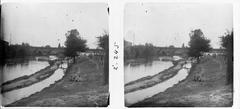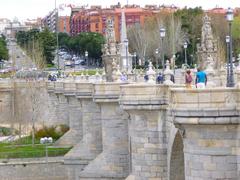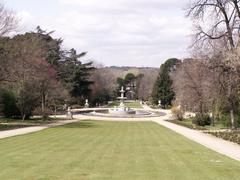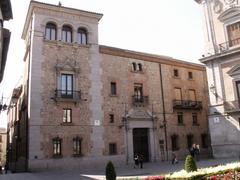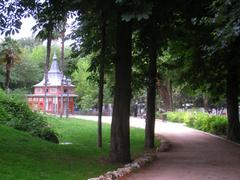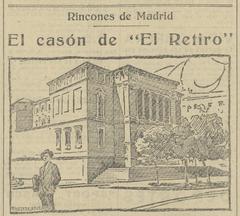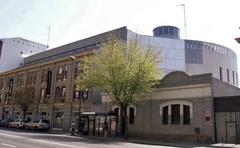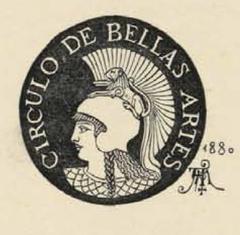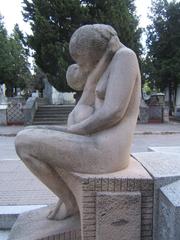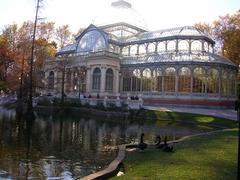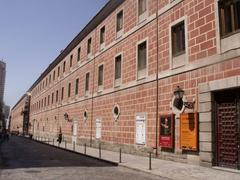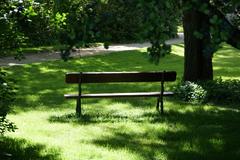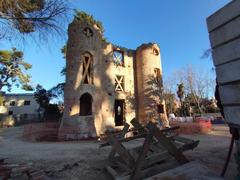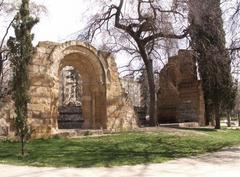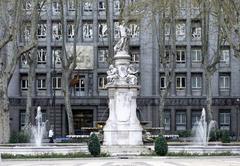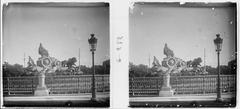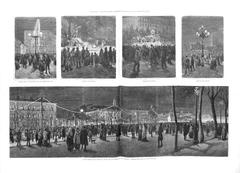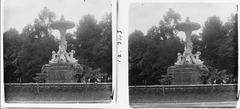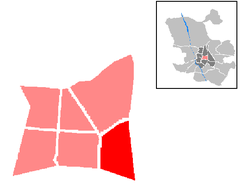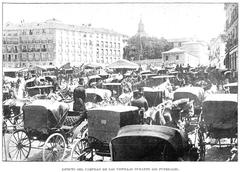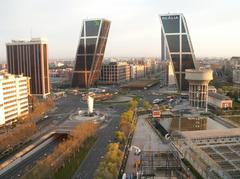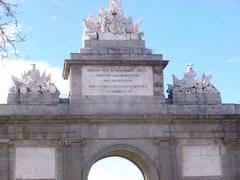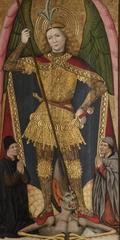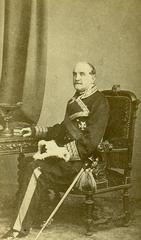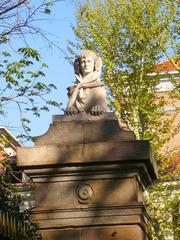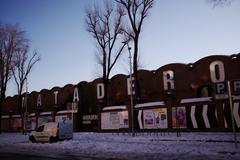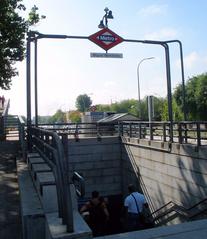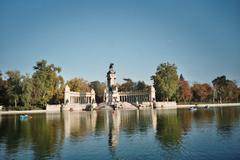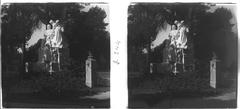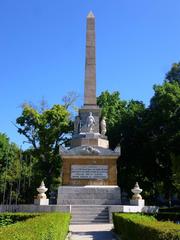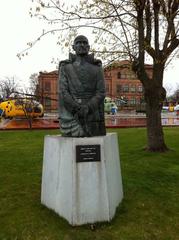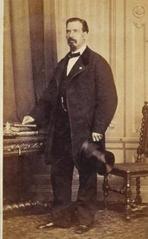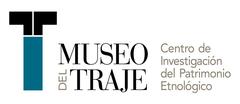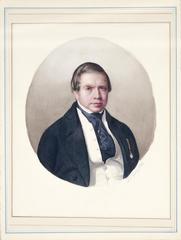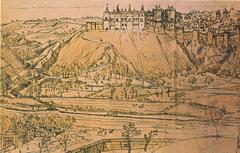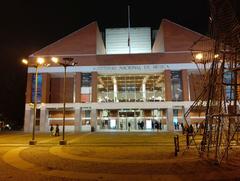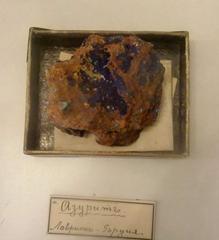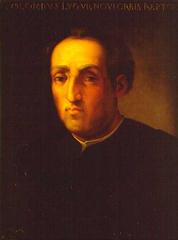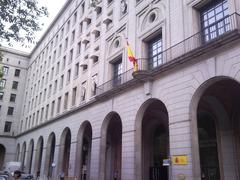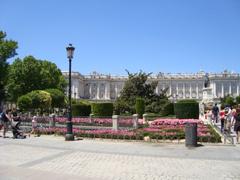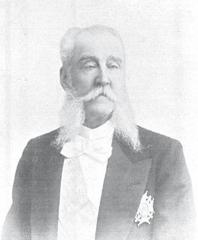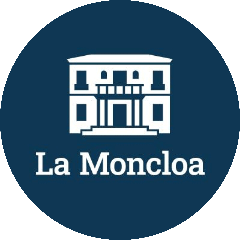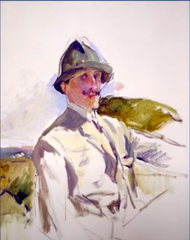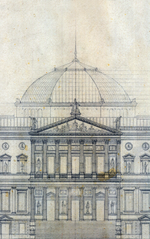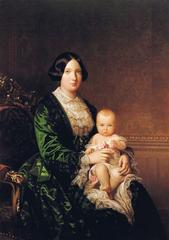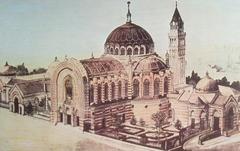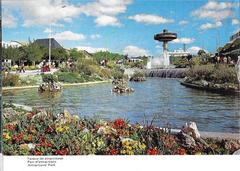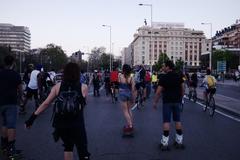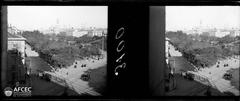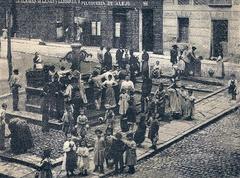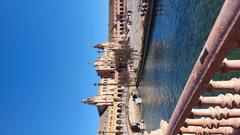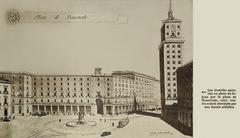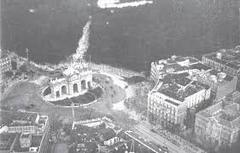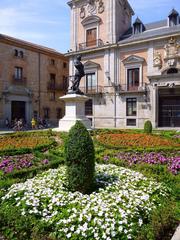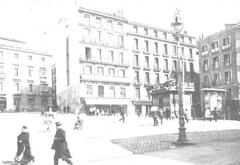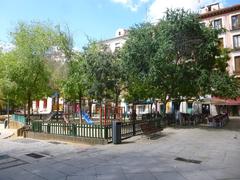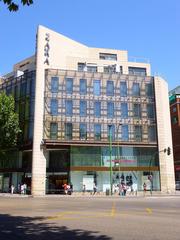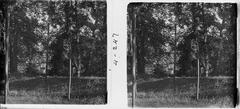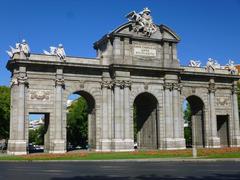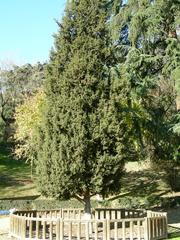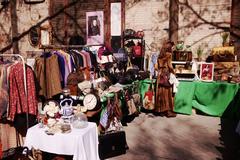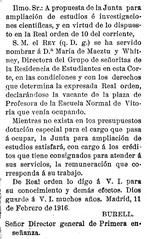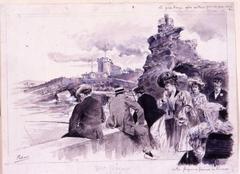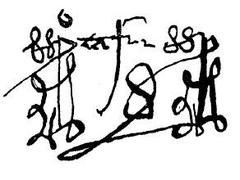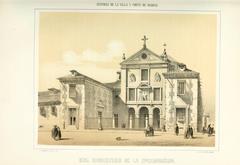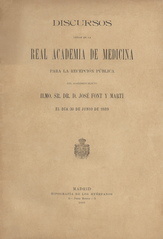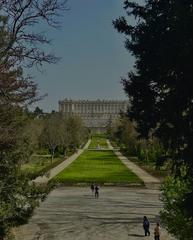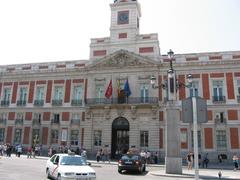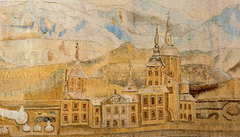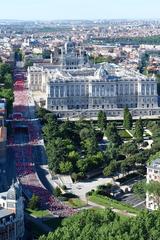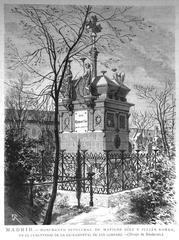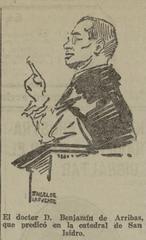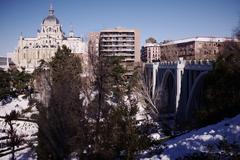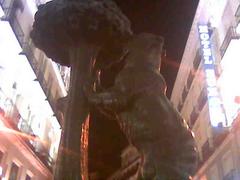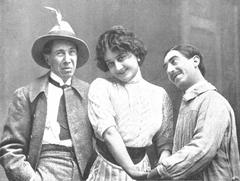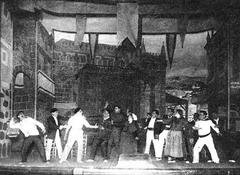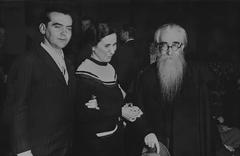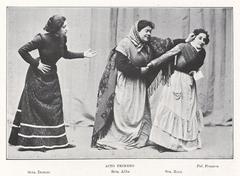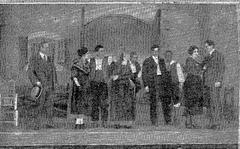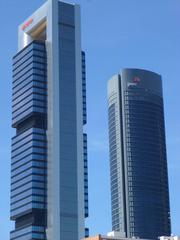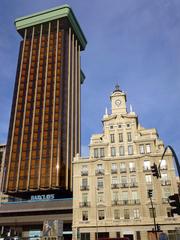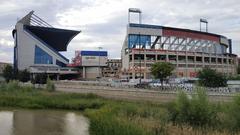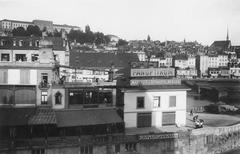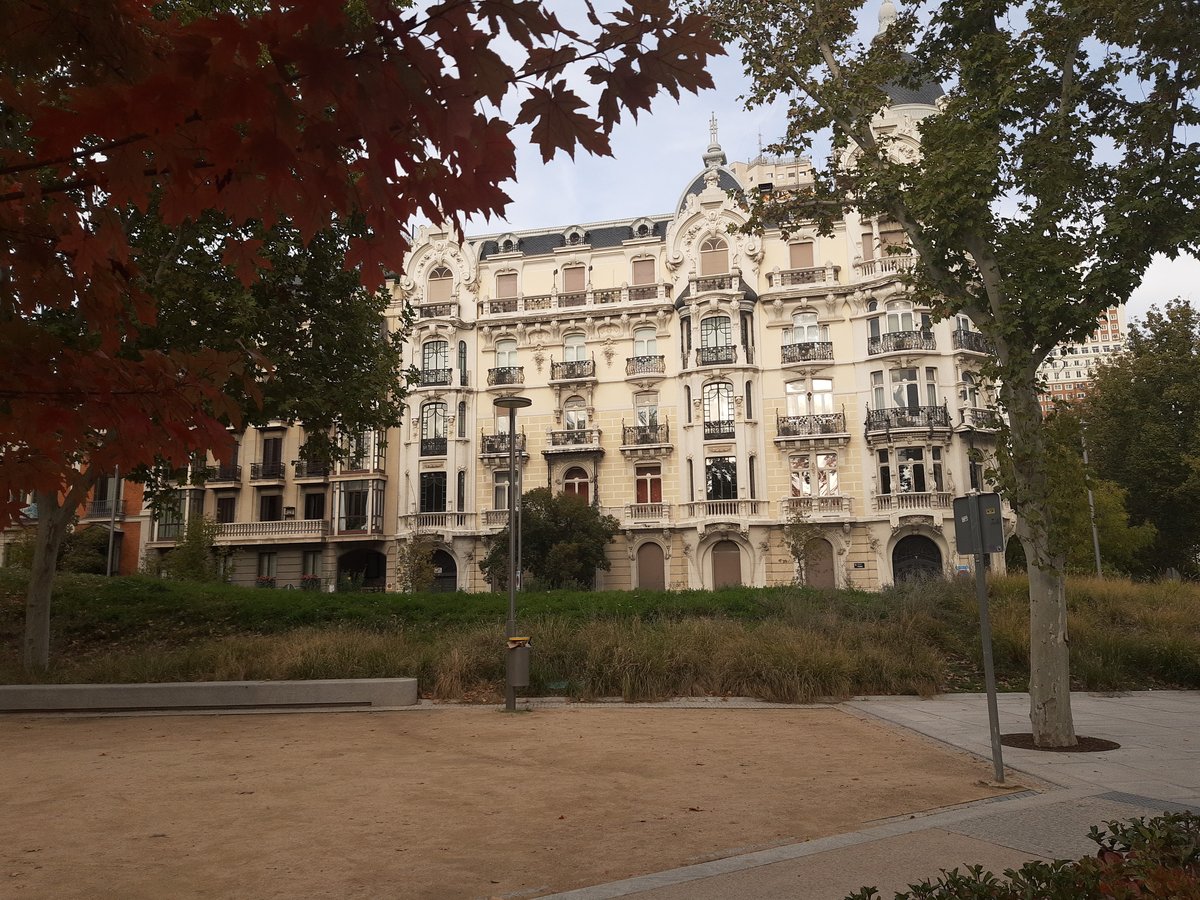
Cristina Ortiz ‘La Veneno’ Visitor Guide in Madrid
Date: 25/07/2024
Introduction
Cristina Ortiz Rodríguez, famously known as La Veneno, is a revered figure in Spanish pop culture, celebrated for her groundbreaking visibility as a trans woman in the 1990s. Born on March 19, 1964, in Adra, Almería, Spain, La Veneno’s life took a pivotal turn when she was discovered by a reporter while working as a sex worker in Madrid’s Parque del Oeste. This chance encounter led to her first television appearance in 1996 on the talk show ‘Esta Noche Cruzamos el Mississippi,’ where her candid storytelling and unapologetic personality captivated audiences (Hyperallergic).
Despite facing significant societal and legal challenges, La Veneno’s influence on Spanish pop culture and the LGBTQ+ community was profound. Her memoir, ‘¡Digo! Ni puta ni santa. Las memorias de La Veneno,’ co-authored with journalist Valeria Vegas, offers an intimate look into her tumultuous life and was later adapted into the critically acclaimed miniseries ‘Veneno,’ which premiered on HBO Max in 2020 (Hyperallergic).
Parque del Oeste in Madrid holds significant historical and emotional value, as it is the place where La Veneno was discovered and began her journey to stardom. In recognition of her contributions, a commemorative plaque was installed in the park, reading “En memoria de Cristina Ortiz La Veneno, valiente mujer transexual visible en los 90.” This tribute serves as a testament to her bravery and visibility as a trans woman in the 1990s. Although the original plaque was vandalized shortly after its installation in April 2019, it was restored in December 2020 with enhanced security features to prevent further damage (El País). The reinstallation was met with widespread support from the public and the LGBTQ+ community, highlighting the enduring impact of La Veneno’s legacy (AS).
This comprehensive guide aims to provide visitors with all the necessary information to visit the Cristina Ortiz ‘La Veneno’ plaque in Madrid. It covers the historical significance of La Veneno, practical visitor information, nearby attractions, and tips for making the most of your visit to this poignant memorial.
Table of Contents
- Visiting the Cristina Ortiz ‘La Veneno’ Plaque in Madrid
Visiting the Cristina Ortiz ‘La Veneno’ Plaque in Madrid
History and Significance of Cristina Ortiz ‘La Veneno’ in Madrid, Spain
Early Life and Rise to Fame
Cristina Ortiz Rodríguez, famously known as La Veneno, was born on March 19, 1964, in Adra, Almería, Spain. Her journey to becoming a Spanish icon began in the 1990s when she was discovered by a reporter while working as a sex worker in Madrid’s Parque del Oeste. This chance encounter led to her first television appearance in 1996, which catapulted her into the limelight. La Veneno’s unapologetic personality and captivating storytelling quickly made her a household name (Hyperallergic).
Television Stardom and Cultural Impact
La Veneno’s television career was marked by her appearances on the popular Spanish talk show ‘Esta Noche Cruzamos el Mississippi,’ where her candid discussions about her life and experiences as a trans woman broke new ground in Spanish media. Her boldness and charisma resonated with audiences, making her a beloved yet controversial figure. Despite facing significant challenges, including transphobia and legal issues, La Veneno’s influence on Spanish pop culture and the LGBTQ+ community was profound (Hyperallergic).
Memoirs and Biographical Series
In 2016, La Veneno collaborated with journalist Valeria Vegas to publish her memoir, ‘¡Digo! Ni puta ni santa. Las memorias de La Veneno.’ This book provided an intimate look into her tumultuous life, from her struggles with her identity to her rise to fame. The memoir was later adapted into the critically acclaimed biographical miniseries ‘Veneno,’ which premiered on HBO Max in 2020. The series, created by Javier Ambrossi and Javier Calvo, featured three trans actresses portraying La Veneno at different stages of her life, highlighting her enduring legacy and impact on the trans community (Hyperallergic).
Memorialization in Parque del Oeste
Parque del Oeste in Madrid holds significant historical and emotional value as the place where La Veneno worked and was discovered. In recognition of her contributions to Spanish culture and the LGBTQ+ community, a commemorative plaque was installed in the park. The plaque, which reads “En memoria de Cristina Ortiz La Veneno, valiente mujer transexual visible en los 90,” serves as a tribute to her bravery and visibility as a trans woman in the 1990s (El País).
Vandalism and Restoration of the Plaque
The original plaque honoring La Veneno was installed by the Madrid City Council in April 2019 but was vandalized just a week later. The act of vandalism sparked outrage and led to a public outcry for its restoration. After more than a year and a half, the plaque was reinstalled in December 2020, this time with enhanced security features to prevent further damage. The new plaque is made of transparent methacrylate and has a more secure anchoring system to withstand potential attacks (El Independiente).
Public and Community Response
The reinstallation of La Veneno’s plaque was met with widespread support from the public and the LGBTQ+ community. Fans and supporters gathered at Parque del Oeste to pay their respects, leaving flowers, candles, and personal messages at the site. The plaque’s restoration was seen as a victory for those who had campaigned for its return, highlighting the enduring impact of La Veneno’s legacy on Spanish society (AS).
Significance of La Veneno’s Legacy
La Veneno’s life and career continue to be a source of inspiration and empowerment for many. Her unapologetic approach to her identity and her willingness to share her experiences publicly helped to challenge societal norms and promote greater visibility for the trans community. The biographical series ‘Veneno’ has played a crucial role in preserving her legacy, offering a nuanced portrayal of her life and the struggles faced by trans individuals. The series has been praised for its authenticity and emotional depth, making it a significant cultural work in contemporary queer media (Hyperallergic).
Visitor Information for the Cristina Ortiz ‘La Veneno’ Plaque
Visiting Hours and Ticket Information
The Cristina Ortiz ‘La Veneno’ plaque in Parque del Oeste is accessible to the public year-round, and there is no admission fee to visit the site. The park itself is open from 6:30 AM to 10:30 PM, providing ample opportunity for visitors to explore and pay their respects.
How to Get There
Parque del Oeste is located between Calle Francisco and Jacinto Alcántara and Paseo de Camoens in Madrid. The park is easily accessible by public transportation. The nearest metro station is Moncloa (Lines 3 and 6), and several bus lines also service the area.
Nearby Attractions
While visiting the plaque, consider exploring other attractions in the vicinity. The Temple of Debod, an ancient Egyptian temple relocated to Madrid, is just a short walk away. Additionally, the Royal Palace and Plaza de España are within easy reach, offering a rich historical and cultural experience.
Accessibility and Amenities
Parque del Oeste is equipped with paved pathways and ramps, making it accessible to visitors with mobility impairments. The park also features restrooms, drinking fountains, and seating areas for convenience.
Special Events and Guided Tours
Throughout the year, Parque del Oeste hosts various events and activities that may coincide with your visit. While there are currently no official guided tours specific to La Veneno’s plaque, the park’s general tours often provide insights into its historical and cultural significance.
Photographic Spots
The serene environment of Parque del Oeste, combined with the emotional significance of La Veneno’s plaque, makes it a poignant location for photography. Visitors are encouraged to capture their moments of reflection and respect while adhering to respectful guidelines.
FAQ
Q: Is there an admission fee to visit the Cristina Ortiz ‘La Veneno’ plaque? A: No, visiting the plaque is free of charge.
Q: What are the visiting hours for Parque del Oeste? A: The park is open daily from 6:30 AM to 10:30 PM.
Q: How can I get to Parque del Oeste? A: The park is accessible via the Moncloa metro station (Lines 3 and 6) and several bus lines.
Q: Are there any guided tours available? A: While there are no specific guided tours for the plaque, general park tours may provide relevant insights.
Conclusion
Cristina Ortiz ‘La Veneno’ remains a powerful symbol of resilience and visibility for the trans community. Her life story, marked by both triumphs and tribulations, continues to inspire and resonate with people around the world. For those looking to pay homage to La Veneno, a visit to Parque del Oeste is a must. The commemorative plaque stands as a testament to her enduring legacy and the impact she had on Spanish culture and beyond. The restoration of the plaque, despite acts of vandalism, underscores the strong public support and recognition of La Veneno’s contributions to society (El País). The biographical series ‘Veneno’ has also played a crucial role in preserving her legacy, offering a nuanced portrayal of her life and the struggles faced by trans individuals, and has been praised for its authenticity and emotional depth (Hyperallergic).
Visitors to Parque del Oeste can reflect on La Veneno’s significant cultural impact and explore nearby attractions such as the Temple of Debod and the Royal Palace, making their visit both a tribute and a rich historical experience. The park’s accessibility and amenities ensure that all visitors can comfortably explore and pay their respects. For those interested in further exploring Madrid’s historical and cultural sites, downloading the mobile app Audiala and following related posts on social media will provide additional information and updates.
References
- Hyperallergic, 2021, Valeria Vegas hyperallergic.com
- El País, 2020, Author unknown elpais.com
- El Independiente, 2020, Author unknown elindependiente.com
- AS, 2020, Author unknown as.com
